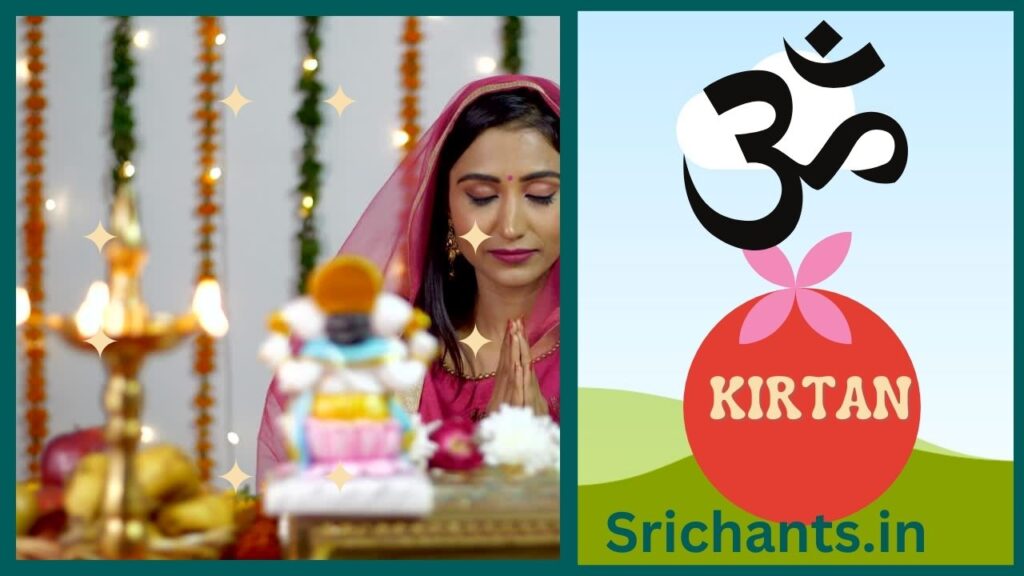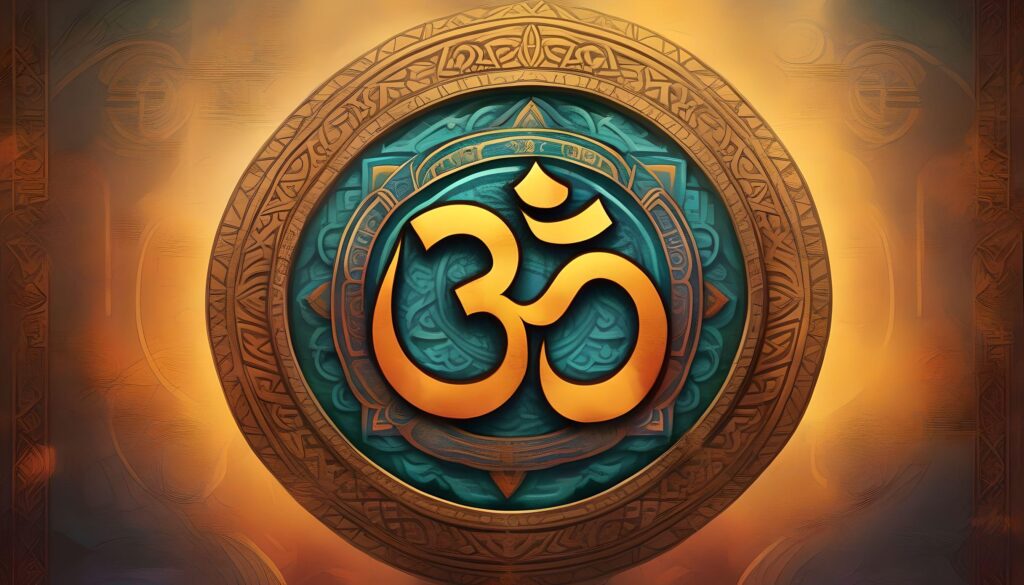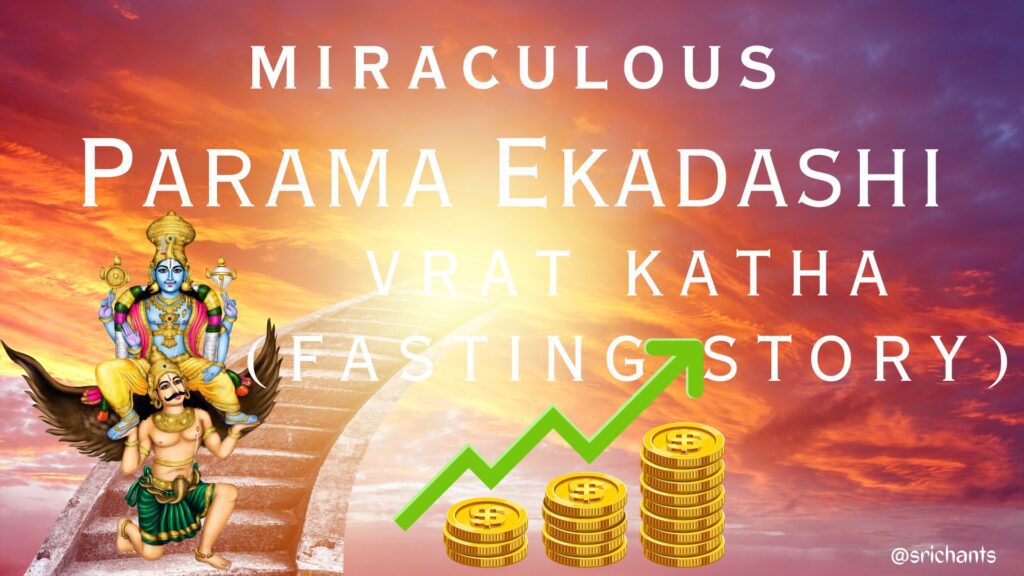Kirtan :The Divine Spiritual Power
Kirtan, an ancient Hindu devotional practice, has experienced a surge in prominence in recent times due to its reputation as a potent instrument for spiritual enlightenment and internal metamorphosis. Kirtan, a term with Sanskrit origins signifying to summon, recite, extol, or exalt, pertains to the practice of vocalizing and chanting sacred mantras with the intention of establishing a connection with the transcendent and connecting with the divine. This exhaustive guide aims to delve into the fundamental aspects of kirtan, including its origins, the profound impact that chanting has on practitioners, and its transformative potential.
Table of Contents
- The Origins of Kirtan
- The Purpose and Benefits of Chanting
- Mantras: Sacred Sounds of Divinity
- The Role of Bhakti in Kirtan
- The Practice of Kirtan
- Kirtan in the Bhakti Movement
- The Global Spread of Kirtan
- Creating a Sacred Space for Kirtan
- The Science of Sound and Vibration
- The Healing Power of Kirtan
- Kirtan and Meditation
- Embracing Kirtan in Your Spiritual Journey
1. The Origins of Kirtan
Kirtan boasts an extensive historical and cultural heritage spanning millennia. The origins of this can be traced back to the Bhakti movement, which originated in medieval India and was a devotional revolution. The movement distinguished itself through its transcendental focus on an intimate and profound devotion to the divine, surpassing distinctions such as creed, rank, and gender.
The Alvars and Nayanars, Tamil poet-saints from South India, were instrumental in the dissemination of kirtan during this era. As a result of the congregation singing and chanting their sincere compositions, which were imbued with profound devotion and reverence for the ineffable, a profound communal experience of spiritual elevation was engendered.
The proliferation of the Bhakti movement across the Indian subcontinent facilitated the contributions of numerous saints and mystics to the development and progression of kirtan. Prominent individuals such as Mirabai, Tulsidas, and Surdas authored devotional melodies and poems in local languages, thereby facilitating the engagement of individuals from diverse social backgrounds. Kirtan ultimately evolved into a vehicle for manifesting devotion and acquiescence to the divine, surpassing linguistic, cultural, and social limitations.
2. The Purpose and Benefits of Chanting
Fundamentally, the intent of kirtan is to stimulate and nurture the intrinsic affection and devotion that resides within the heart of the practitioner. Connecting with the divine and experiencing a profound sense of oneness and unity is facilitated by this potent instrument.
The body and psyche experience a vibrational resonance induced by the chanting of mantras during kirtan. Repetition of sacred sounds aids in calming the restless mind and induces a state of heightened awareness. The rhythmic recitation of mantras facilitates the attainment of inner tranquility and profound relaxation for the practitioner, functioning as a form of meditation.
The advantages of kirtan are numerous. It has been demonstrated to reduce tension, lower blood pressure, and enhance general well-being from a physical standpoint. It facilitates the discharge of pent-up emotions, the development of a positive outlook on life, and the promotion of happiness and satisfaction. Spiritually, kirtan facilitates a profound spiritual awakening and transformation by introducing the heart to divine love and connection.
3. Mantras: Sacred Sounds of Divinity
Mantras, which are sacrosanct sounds or syllables with profound spiritual significance and vibrational potency, constitute the core of kirtan. It is believed that mantras, which are frequently derived from ancient Sanskrit texts like the Vedas and Upanishads, encapsulate the very essence of divine energy.
Every mantra possesses a distinct vibration and symbolizes a specific facet of the divine. As an illustration, the mantra “Om” symbolizes the ultimate actuality and is regarded as the primordial sound of creation. By reciting this sacred syllable in the context of kirtan, one’s consciousness is harmonized with that of the entire universe.
An additional set of mantras frequently recited in kirtan comprises “Jai Ma,” “Om Namah Shivaya,” and “Hare Krishna.” It is believed that these mantras elicit the favor and devotion of particular deities or facets of the divine. Engaging in kirtan through the repetition of mantras facilitates the purification of the mind, reawakens latent spiritual energy, and induces a profound state of tranquility and serenity.
4. The Role of Bhakti in Kirtan
Kirtan is founded upon Bhakti, the path of devotion. It is an intense and profound devotion to the divine, marked by an intense yearning for communion with the divine entity. Bhakti is feasible for adherents of all faiths to engage in, as it transcends religious affiliations.
Kirtan embodies the devotional practice of bhakti by means of sincere vocalizations and chanting of mantras and melodies of devotion. The individual engaging in the practice relinquishes their ego and personal ambitions, completely engrossing themselves in the divine presence while presenting their unwavering love and devotion.
It is believed that the practice of bhakti provides an easy and direct route to spiritual enlightenment. By circumventing the intricacies of philosophical investigation and intellectual scrutiny, this practice enables the practitioner to establish a connection with the divine via the intuitive means. Kirtan allows participants to attain a profound sense of devotion, love, and connection, which can facilitate a metamorphosis in their spiritual quest.
5. The Practice of Kirtan
The kirtan practice is both straightforward and profound. It can be performed individually or in a group, with call-and-response-based singing and chanting by all participants. A potent and harmonious flow of sound and energy is produced when the group responds in unison to a line or phrase sung by the leader (kirtan wallah).
A multitude of musical instruments, including the harmonium, tabla, mridangam, kartal, and guitar, have the capability to accompany kirtan. By incorporating melodic tones and rhythmic rhythms, the instruments imbue the chanting with texture and substance, thereby fostering an upbeat and dynamic ambiance.
One of the attractive points of kirtan is its ease of access. Participation is not contingent upon possessing any specific musical aptitude or vocal proficiency. The emphasis is placed on the intention and devotion that underlie the chanting, rather than the character of the voice. All individuals are encouraged to participate, thereby harnessing the group’s collective energy to generate a profound and paradigm-shifting experience.
6. Kirtan in the Bhakti Movement
Originating in medieval India, the Bhakti movement was instrumental in popularizing kirtan as a form of devotional expression. A multitude of saints and mystics composed sincere devotional poems and melodies during this period, which were chanted and sung by the masses.
Sri Krishnars and Alvars, two Tamil poet-saints, played a pivotal role in popularizing kirtan. The Nalayira Divya Prabandham, which comprised their compositions, embodied profound reverence and adoration for the divine. Temples and residences were filled with the sung devotional hymns, which fostered a sense of spiritual upliftment and communal cohesion.
Kirtan evolved into a mechanism for uniting individuals of various social classes, creeds, and castes. This perspective underscored the ubiquity of devotion and the unity of all beings, surpassing the limitations imposed by society. A sense of unity and harmony was fostered among individuals through the promotion of equality, love, and compassion through the practice of kirtan during the Bhakti movement.
7. The Global Spread of Kirtan
In recent times, kirtan has experienced a surge in global recognition and popularity, surpassing cultural and geographical limitations. The aforementioned practice has gained traction in Western societies, appealing to individuals in search of spiritual solace and a more profound understanding of their interior beings.
Founded by A.C. Bhaktivedanta Swami Prabhupada, the International Society for Krishna Consciousness (ISKCON) was instrumental in introducing kirtan to the Western world. The kirtan community flourished after Swami Prabhupada popularized the recitation of the Hare Krishna mantra, which attracted a diverse group of devotees.
Kirtan gatherings and festivals continue to attract individuals from diverse backgrounds across the globe in contemporary times. A fusion of East and West, the practice has evolved to integrate elements from various musical traditions and genres. Kirtan has evolved into a potent instrument for communal development, spiritual advancement, and self-expression, nurturing among its participants a sense of harmony and cohesion.
8. Creating a Sacred Space for Kirtan
Creating a sacred space is an essential aspect of the kirtan experience. A conducive environment helps to set the tone and deepen the spiritual connection during the practice. Here are some key elements to consider when creating a sacred space for kirtan:
- Altar and Sacred Symbols: Set up an altar with images or statues of deities or spiritual figures that resonate with your devotion. Include sacred symbols such as candles, flowers, incense, and sacred texts.
- Ambient Lighting: Use soft, warm lighting to create a serene and intimate ambiance. Consider using candles or string lights to add a touch of magic to the space.
- Sacred Sound: Play soft instrumental music or recorded chants before the kirtan begins. This helps to create a sacred atmosphere and prepare the participants for the chanting.
- Comfortable Seating: Arrange comfortable seating options such as cushions, blankets, or chairs to ensure that participants can sit comfortably for an extended period.
- Sound System: Ensure that the sound system is of good quality and properly set up to allow for clear and immersive sound during the chanting.
- Scent and Incense: Use natural scents or incense to purify the space and create a soothing atmosphere. Choose fragrances that resonate with your intentions and enhance the overall experience.
By creating a sacred space, you invite a deeper level of presence and connection during the kirtan practice. It sets the stage for a transformative experience, allowing participants to immerse themselves fully in the devotional energy and connect with the divine.
9. The Science of Sound and Vibration
Kirtan is a discipline that is firmly grounded in the principles of vibration and sound science. Sages and ancient philosophers were cognizant of the profound effect that sound can have on our mental, emotional, and physical health. It was acknowledged that particular frequencies and sounds have the capacity to affect our states of consciousness and elicit profound relaxation, healing, and spiritual enlightenment.
The physical and energetic bodies are affected by the vibrations generated by the sound waves as we engage in kirtan or recite sacred mantras. Subtle energy centers (chakras), the nervous system, and brainwaves are all directly affected by this interaction.
According to scientific research, the recitation of mantras has a multitude of advantageous impacts on the human physiological system. It has the potential to decrease tension levels, elevate blood pressure, enhance immune function, and foster general wellness. Moreover, endorphins, the body’s endogenous “feel-good” hormones, are stimulated by chanting, fostering emotions of happiness, tranquility, and satisfaction.
Chanting induces a meditative state and aids in the tranquilization of the mind due to its repetitive nature. It facilitates the cessation of distracting thoughts and the onset of profound inner stillness and relaxation. An increasingly centered and focused mind transforms into a potent instrument for spiritual development and self-transformation.
10. The Healing Power of Kirtan
Beyond the physical, mental, emotional, and spiritual, Kirtan imparts a profoundly curative impact to every aspect of the being. A potent energy is generated by combining sound, cadence, and intention; it aids in the release of blockages, the balancing of our energy centers, and the promotion of general health.
Chanting and singing during kirtan can strengthen the vocal cords, enhance lung function, and facilitate breath regulation. Additionally, it decreases tension and activates the relaxation response by stimulating the vagus nerve.
Kirtan functions as a potent instrument for the release of accumulated emotions and the promotion of emotional wellness. It fosters a sense of emotional release and catharsis by providing a secure and supportive environment in which to express and channel our emotions.
Kirtan facilitates a spiritual connection to the divine presence within and around us by enlightening the heart. It facilitates the dissolution of the ego and the development of profound devotion and submission. Kirtan can facilitate a profound spiritual enlightenment, an intensification of our relationship with the divine, and a metamorphosis of our awareness.
11. Kirtan and Meditation
Kirtan and meditation are synergistic activities that merit incorporation into a comprehensive spiritual regimen. Kirtan enhances the meditative experience by incorporating sound and chanting, whereas meditation is typically characterized by physical immobility and silence.
As an intermediary between the outer and inner realms, Kirtan functions. It facilitates mental tranquility, concentration, and the development of an interior sense of stillness. By serving as a focal point, the repetitious motion of chanting enables the mind to become more centered and present.
By participating in kirtan prior to or during meditation, we can enhance our meditation practice through the utilization of the power of sound and vibration. The act of reciting mantras induces a state of inner serenity and tranquility by dispelling distractions, calming the mind, and ceasing mental chatter. By utilizing it as a robust anchor, we are able to remain in the present moment and thoroughly engage in the practice of meditation.
Kirtan may also function as a prelude to the contemplative practice of meditation. It facilitates tension release, relaxation, and an atmosphere of receptivity and tranquility. Through the practice of kirtan preceding meditation, one can establish an internal milieu that is conducive to a more profound and profound experience of meditation.
12. Embracing Kirtan in Your Spiritual Journey
The practice of kirtan offers a powerful and transformative tool for spiritual growth and self-realization. Whether you are new to the practice or have been chanting for years, there are several ways to embrace kirtan in your spiritual journey:
- Attend Kirtan Gatherings: Look for local kirtan gatherings or events in your community. Joining a group of like-minded individuals can create a supportive and uplifting environment for your kirtan practice.
- Explore Online Resources: In this digital age, there are numerous online resources available for kirtan. Explore websites, social media platforms, and online communities dedicated to the practice of kirtan. You can find recorded chants, tutorials, and virtual kirtan gatherings to participate in.
- Create a Personal Practice: Establish a regular kirtan practice at home. Set aside dedicated time and space for chanting and create a ritual that resonates with you. You can use recorded chants, sing spontaneously, or create your own melodies.
- Join Retreats and Workshops: Consider attending kirtan retreats or workshops to deepen your understanding and experience of the practice. These immersive experiences offer an opportunity to learn from experienced practitioners, connect with a supportive community, and dive deeper into the transformative power of kirtan.
- Integrate Kirtan into Daily Life: Embrace kirtan as a way of life by infusing it into your daily routines. Chant mantras while doing household chores, driving, or during moments of solitude. Let the practice of kirtan become a constant reminder of the divine presence in your life.
As you commence your kirtan expedition, bear in mind that the sincerity and devotion that underpin the practice constitute its fundamental nature. With an open heart, approach kirtan while submitting to the divine presence that resides within and surrounds you. Leverage the potential of vibration and sound to direct you along a journey of introspection, appreciation, and spiritual enlightenment.
Conclusion
Kirtan is an auspicious activity that surpasses geographical, religious, and cultural barriers. It facilitates inner transformation, spiritual development, and self-realization. Kirtan establishes a connection with the divine through the unification of voices and the harmonious transmission of uplifting energy generated by the chanting of mantras.
Invite the profound impact of kirtan to illuminate your spiritual odyssey, and allow it to direct you along a path characterized by devotion, unity, and affection. By permitting the sacred vibrations and sounds to reverberate within one’s being, latent spiritual energy can be reawakened, facilitating the development of a profound connection with the divine.
Delight, tranquility, and spiritual enlightenment may the practice of kirtan inspire you to embrace the divine presence and open your heart to it. May the potency of kirtan facilitate a profound epiphany regarding one’s authentic essence and foster a more profound union with the divine.








